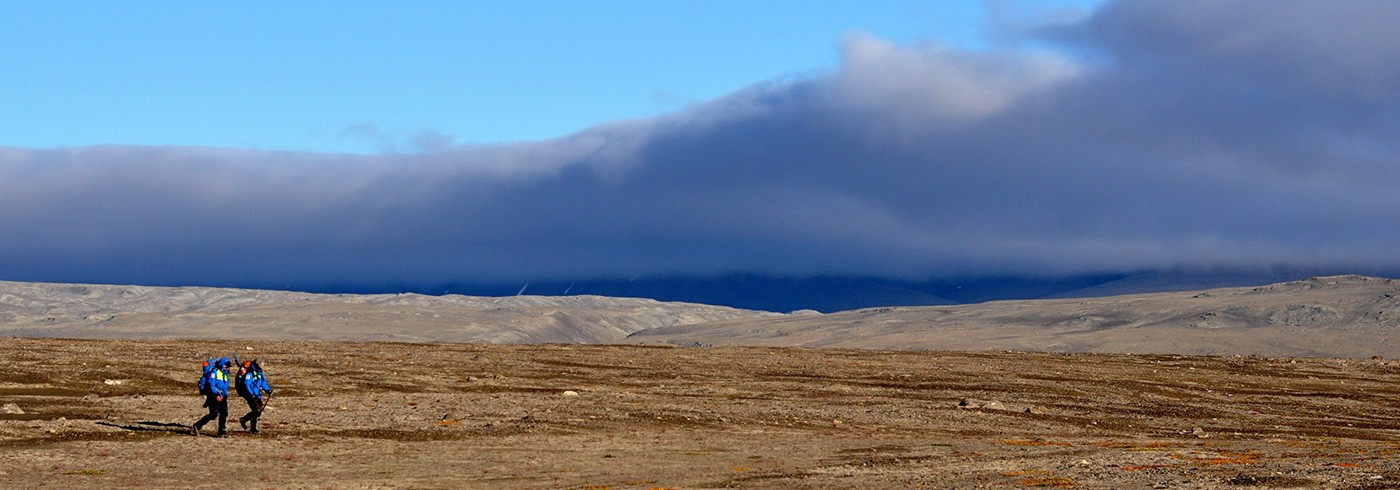Arctic environments have simple ecosystems, a harsh climate and low human population densities. They are therefore important and useful model systems for evaluating the often complicated ecological effects of climate change. We expect that global warming will drive a northward expansion of species used to a warmer climate, and that these species will out-compete native Arctic species. We predict that such competition will lead to a marginalization of Arctic species, where they will be confined to high latitude islands. Our project, Arctic Islands, broadly aim at evaluating the potential effects of such marginalization on ecosystems properties and the ability to deliver critical ecosystem services in Arctic environments.
Unlike the other research groups, the Arctic Islands team doesn’t work with heavy and expensive equipment. We are biologists and we are equipped with binoculars and notebooks. Our bags are full of falcon tubes, ziplock bags, envelopes and tape, which we will use to collect plant samples, insects and animal scat. We have a hand saw to collect small pieces of bones for DNA analysis and a small drill for permafrost sediments. Our methods are oldschool and ridiculously simple and yet there’s no better way to learn about an ecosystem than to put on hiking boots and search for bones, bend on the knees and determine plant species composition, take binoculars and look out for birds. As an evolutionary biologist, I can hardly imagine anything more exciting than sitting on a boat heading towards a land where there’s still so much to explore, just as Darwin did more than 150 years ago.



